On County Road 66 near the rural community of Judsonia, Ark. in White County, a historically significant bridge spans the slow-rolling Little Red River. Since its opening in 1924, the Judsonia Bridge has become a fixture in the community, and now the bridge's design serves as a reminder of engineering times past—it is the state's only known swing bridge designed as a cantilever.
The center turnstile pier originally allowed the center bridge spans to rotate perpendicular to the river so that high-clearance vessels could navigate the waterway, but the turnstile pier has been inoperable for many years. Concrete piers founded in the riverbed support four steel truss units that make up the bridge superstructure. Individual steel members are connected by steel gusset plates and rivets to compose the bridge's truss portion.
By 2003, nearly 80 years of wear and tear had compromised the bridge's structural capacity. Past efforts had been made to rehabilitate it, but in 2007, White County Judge Michael Lincoln closed the single-lane, 397-foot-long Judsonia Bridge.
Garver project leaders Preston Campbell and A.J. Khairi, in coordination with the Arkansas State Highway and Transportation Department and the Arkansas State Historical Preservation Office, restored the Judsonia Bridge without compromising its historical integrity. The innovative engineering solutions Garver provided allowed White County to reopen the bridge in February 2013. "The expertise and professionalism displayed by Garver has resulted in the restoration of a one-of-a-kind historical bridge," said Lincoln.
Garver evaluated areas of deficiency and determined the repairs needed to restore the bridge's structural capacity. Following the structural inspection study, Garver began the final design in July 2011.
Because the National Park Service lists the Judsonia Bridge on its National Register of Historic Places, special rehabilitation methods were used to preserve the historical integrity. For example, replacing the truss structure with modernized ones would jeopardize the historical preservation of the bridge, so Garver designed and detailed specific replacements for many of the existing unique deteriorated members.
Rehabilitation tasks included floor beam repair and replacement, gusset plate replacement and addition, lower chord repair, stringer repair, and lower lateral bracing replacement. The final design provided plans for a satisfactory load-capacity restoration while preserving the bridge's characteristics.
Along with providing plans and specifications for the repair of the truss bridge, Garver assisted White County in securing additional federal funds by obtaining $240,000 from the Arkansas Transportation Enhancement Program to make the bridge reopening possible.
"We are looking forward to the bridge lasting us many, many more years," said White County Historical Society member Eddie Best.
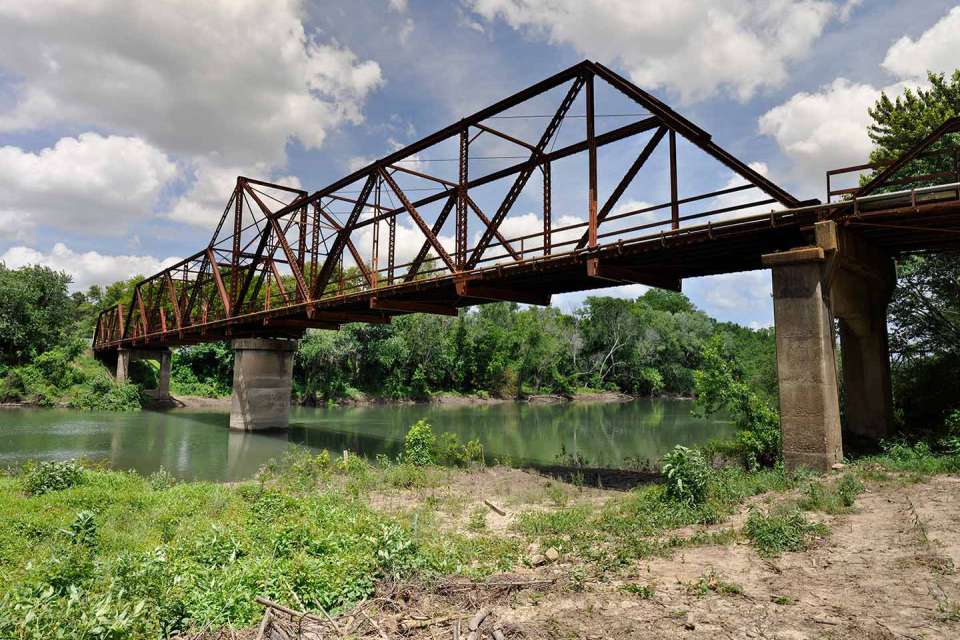


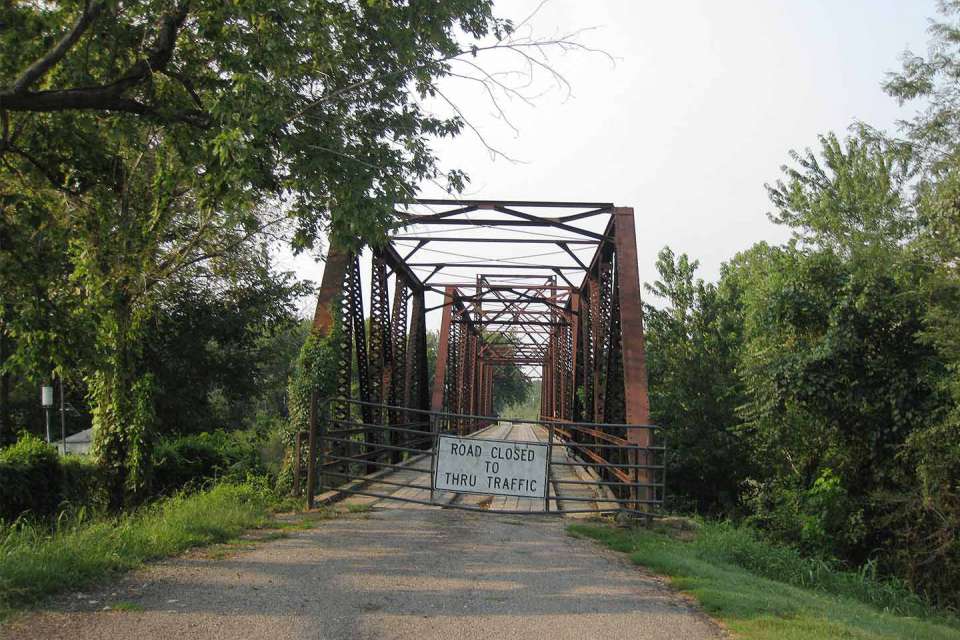
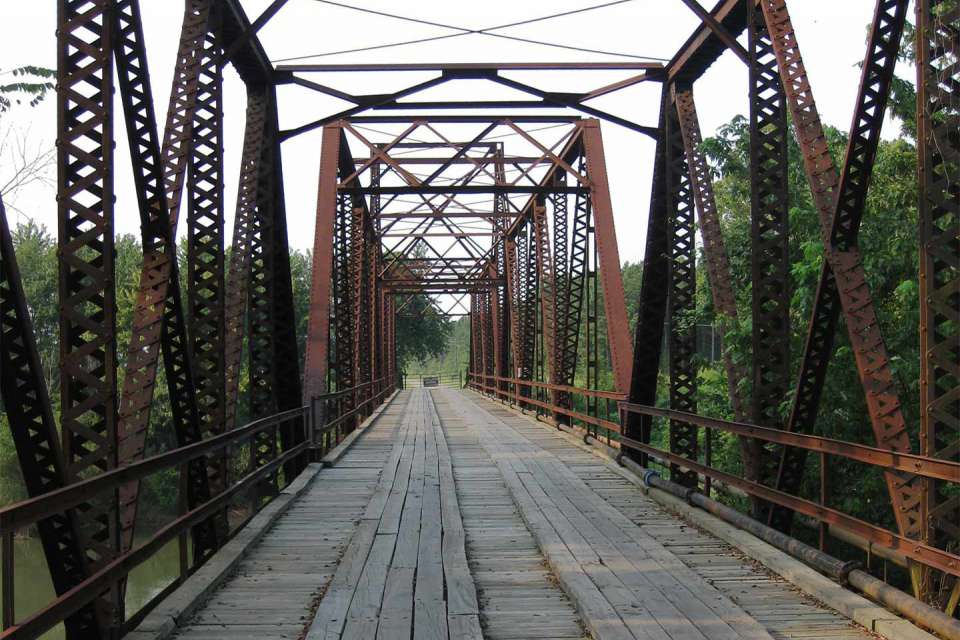

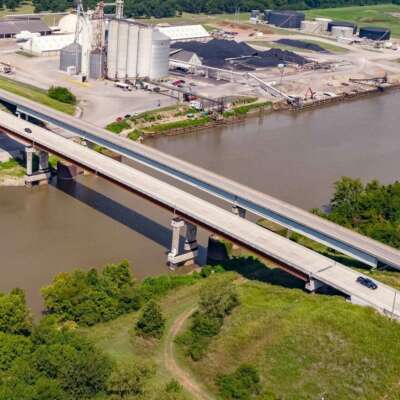

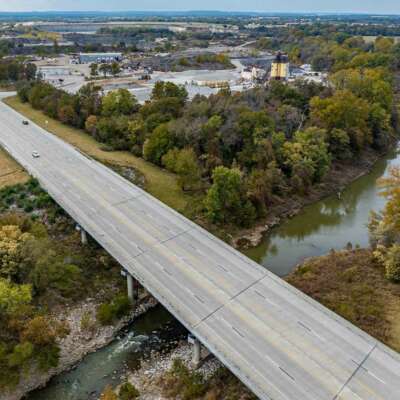




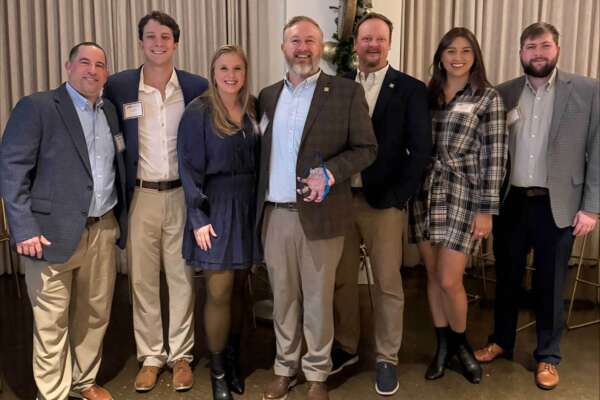
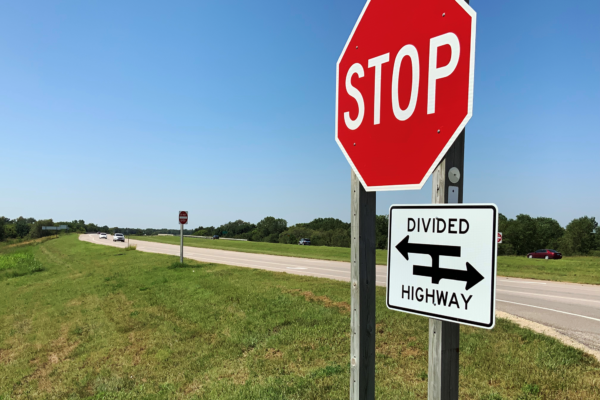

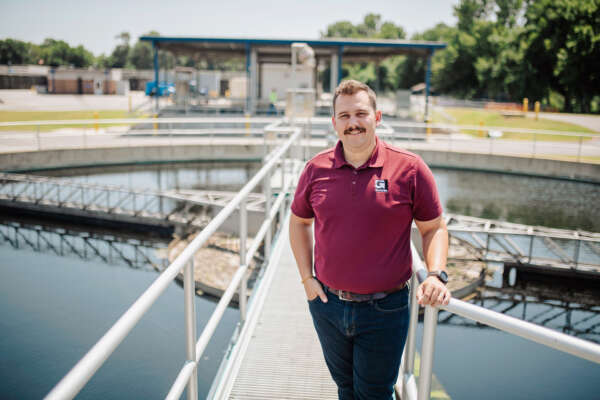


Share this article